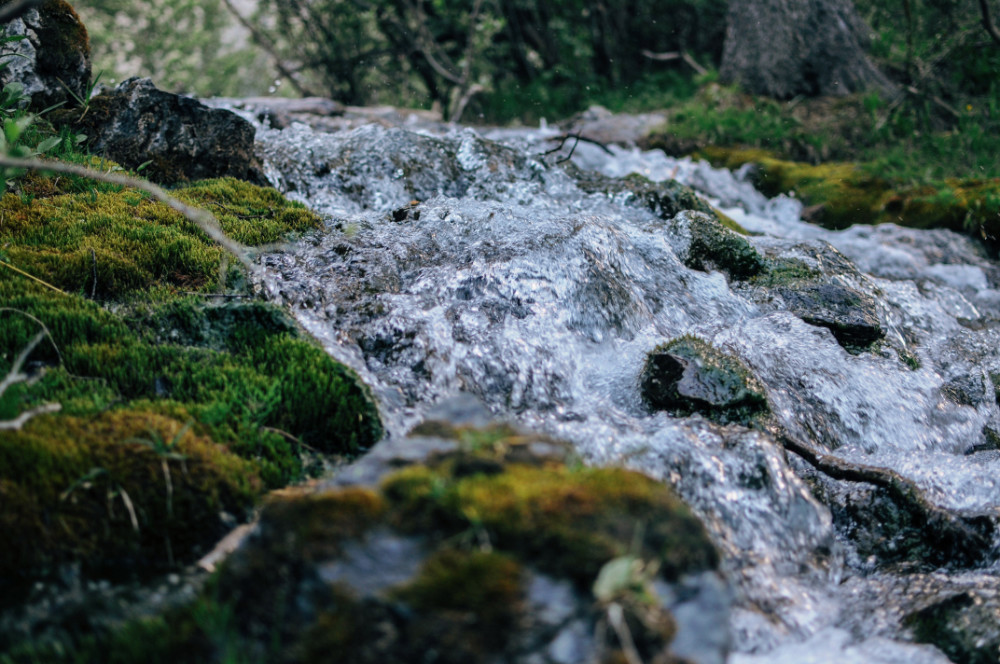Groundwater, which contributes 30% of the world’s freshwater, is often overshadowed by more visible sources like lakes and rivers, as highlighted by The National Groundwater Association. Rainwater seeps through soil into aquifers, rock, and dirt pockets, creating a hidden water resource that replenishes during storms, offering a sustainable long-term solution for natural resource needs. Groundwater is extensively used in agriculture for irrigation and livestock hydration, alongside public supplies in cities and towns, and even in electricity production at thermoelectric plants. However, groundwater faces contamination threats from various sources like pesticides, oil, and human waste from poorly sealed tanks or landfills. Contaminated groundwater poses health risks, demanding treatment to eliminate harmful substances. Treatment methods encompass biological, chemical, and physical processes, targeting diverse contaminants. Biological treatment involves organic compounds, such as enzymes and microorganisms, functioning similarly to natural filtration. Chemical treatments dissolve minerals, while physical methods employ machinery to separate pollutants, often combined for more efficient purification. Groundwater undergoes a series of purification stages to become industrial water:
- Aeration
An aerator is air that facilitates oxidation, effectively eliminating iron ions and a portion of manganese ions present in the groundwater. - Primary Filtration
The aerated groundwater is then directed into sands and an activated carbon filter or a multi-media filter to eliminate the remaining manganese, sediment, and suspended particles in the groundwater. - Precision Filtration
The treated groundwater enters a precise filtration to remove exact residual sediment and suspended particles to reach industrial water standards using, such as:- Micro/Ultrafiltration membrane filters (0.1 – 0.01 microns) that can purify water effectively by eliminating sediment and bacteria. Additionally, Ultrafiltration membrane filters might even eliminate viruses.
- Reverse osmosis filters (0.001 microns) which are the most advanced and proficient in removing microorganisms and the majority of residual chemicals from water.
- Softening Treatment (if needed)
Typically, cation exchange resin is employed to extract calcium and magnesium ions from the groundwater, ensuring clear water suitable for various uses.
Reference(s): https://www.aosts.com/groundwater-require-treatment/ https://www.hongtekfiltration.com/news/filtration-process-of-groundwater.html https://www.health.nsw.gov.au/environment/water/Documents/groundwater-treatment-fact-sheet.pdf





